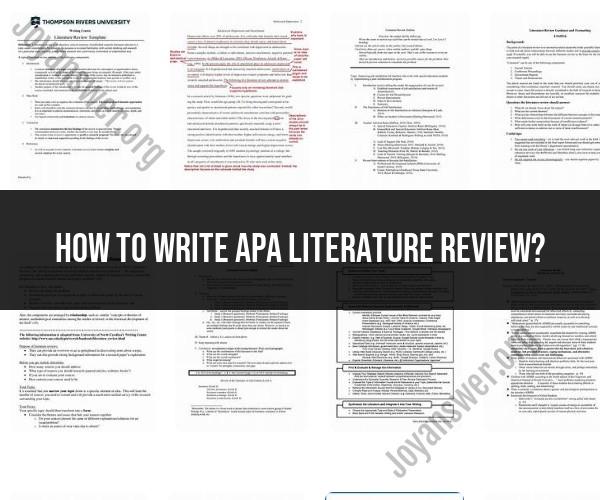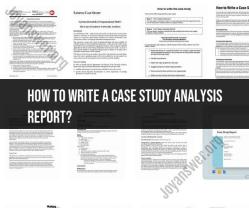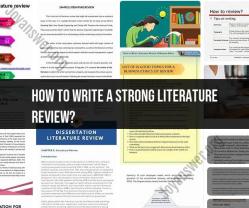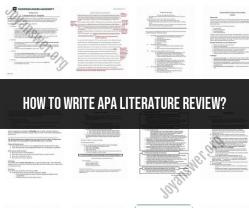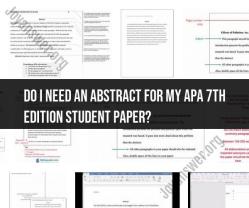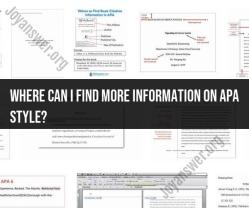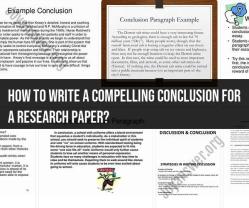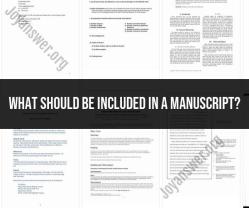How to write APA literature review?
Writing a literature review in APA (American Psychological Association) style involves following a specific format and structure. An APA literature review should provide a critical summary of the existing research on a particular topic, demonstrate your understanding of the field, and highlight any gaps or controversies in the literature. Here's a step-by-step guide on how to write an APA literature review:
1. Choose a Topic:
- Select a research topic or question that is specific and well-defined. Your literature review should have a clear focus.
2. Search for Relevant Sources:
- Conduct a comprehensive search for scholarly sources using academic databases, libraries, and search engines. Ensure you include peer-reviewed articles, books, theses, and other credible publications.
3. Organize Your Sources:
- Use a reference management tool or create an annotated bibliography to keep track of your sources.
4. Format Your Review:
- Your APA literature review should be written in APA style, including the title page, abstract (optional), main body, and references.
5. Write the Introduction:
- Begin with an introduction that sets the stage for your literature review. State your research question or objective and provide an overview of the scope of the review.
6. Organize the Literature:
- Organize the reviewed sources into themes or categories based on the commonalities you've identified. This could be based on topics, theories, methodologies, or other relevant criteria.
7. Summarize the Studies:
- Summarize each source, providing information about the study's purpose, research methods, main findings, and contributions to the field. Write these summaries in your own words.
8. Evaluate and Critique:
- Evaluate the quality and reliability of each source. Discuss the credibility of the authors, the research methods, and the validity of the findings. Identify any methodological limitations.
9. Highlight Gaps and Controversies:
- Point out gaps in the literature where further research is needed. Discuss any unresolved debates or contradictions in the existing research.
10. Synthesize the Literature:- Synthesize the information from the reviewed sources to provide an integrated and coherent analysis of the literature. Explain how the studies relate to each other and the overall state of the field.
11. Discuss Implications:- Discuss the implications of the reviewed literature for your research question or topic. Explain how the existing research informs your own study.
12. Write a Conclusion:- Conclude the literature review by summarizing the key findings, identifying the state of the field, and emphasizing the importance of your own research within this context.
13. Cite Properly:- Ensure that you cite all the sources you've used in your review accurately. Follow APA citation style guidelines for both in-text citations and the references section.
14. Proofread and Edit:- Carefully proofread and edit your literature review to eliminate errors, ensure proper formatting, and improve clarity.
15. Seek Feedback:- Have peers, mentors, or advisors review your literature review and provide feedback.
16. Format the References:- Create a references section at the end of your literature review, listing all the sources you cited. Ensure you format the references in APA style.
An APA literature review should be well-structured, logically organized, and written in a scholarly, academic tone. It's an important part of your research paper, thesis, or dissertation, as it demonstrates your knowledge of the field and the relevance of your own research. Follow APA guidelines carefully for formatting, citations, and references to ensure your literature review meets the required standards.
Crafting an APA-Style Literature Review: Basic Guidelines
An APA-style literature review is a critical summary of existing research on a particular topic, written in accordance with the American Psychological Association (APA) style guide. APA style is a widely used format for academic writing, and it is important to follow the guidelines carefully when writing an APA literature review.
Here are some basic guidelines for crafting an APA-style literature review:
- Use clear and concise language. Avoid using jargon or technical language that your readers may not understand.
- Be objective and unbiased. Avoid presenting your own opinions as facts, and be sure to evaluate the strengths and weaknesses of each study that you review.
- Cite your sources properly. APA style has specific guidelines for in-text citations and references. Be sure to follow these guidelines carefully to avoid plagiarism.
- Proofread your work carefully. Make sure to proofread your literature review carefully for any errors in grammar, spelling, or punctuation.
Setting Up Your Document and Formatting in APA Style
To set up your document and formatting in APA style, you should:
- Use a 12-point font, such as Times New Roman or Arial.
- Set the line spacing to double-spaced.
- Indent the first line of each paragraph by 5 spaces.
- Use 1-inch margins on all sides of the page.
- Create a title page with the following information:
- Title of your literature review
- Your name
- Course name and number
- Instructor's name
- Date
In-Text Citations and References in APA Literature Reviews
APA style has specific guidelines for in-text citations and references. In-text citations are used to indicate where you have used information from another source in your work. References are a list of all of the sources that you have cited in your literature review.
To cite a source in-text, you should include the author's last name and the year of publication in parentheses. For example, if you are citing a book by the author John Smith that was published in 2023, you would write "(Smith, 2023)."
To reference a source, you should create a list of references at the end of your literature review. The references should be listed in alphabetical order by the author's last name. For example, the reference for the book by John Smith would be:
Smith, J. (2023). *Title of book*. Publisher.
Structuring Your APA Literature Review
An APA-style literature review is typically structured in the following way:
- Introduction: The introduction should provide a brief overview of the topic of the literature review and explain the purpose of the review.
- Body: The body of the literature review should summarize and analyze the key findings of previous research. The body should be divided into sections, with each section focusing on a different theme or subtopic.
- Conclusion: The conclusion should summarize the main points of the literature review and highlight any gaps in the research. It should also explain how your own research will address these gaps.
Avoiding Plagiarism and Ensuring Academic Integrity in APA Reviews
Plagiarism is the act of using someone else's work without giving them proper credit. It is important to avoid plagiarism in all of your academic writing, including your APA literature review.
To avoid plagiarism, be sure to cite your sources properly. You should also paraphrase or summarize the work of others in your own words. If you do quote directly from another source, be sure to use quotation marks and cite the source properly.
Here are some tips for ensuring academic integrity in your APA literature review:
- Be honest and transparent about your sources.
- Cite your sources properly, both in-text and in your references.
- Paraphrase or summarize the work of others in your own words.
- If you do quote directly from another source, be sure to use quotation marks and cite the source properly.
- Proofread your work carefully to catch any errors in your citations.
If you are unsure about whether or not something is plagiarism, it is always best to err on the side of caution and cite your source.
Conclusion
By following these tips, you can write an APA-style literature review that is well-organized, informative, and properly cited.
